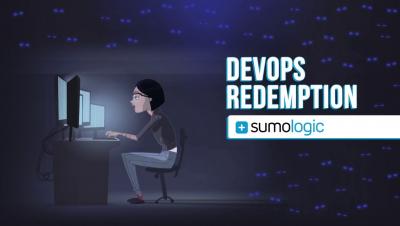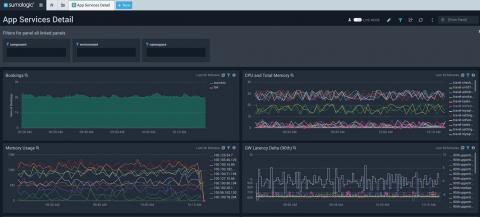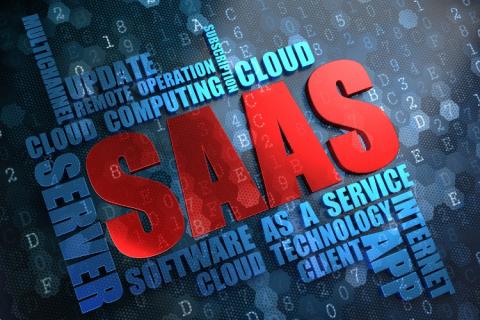Operations | Monitoring | ITSM | DevOps | Cloud
Sumo Logic
The Sumo Logic Advantage for the Analytics Economy
I continue to be intrigued by the evolution of software architectures and their impact on business. In my 20+ year career, I’ve participated in four of these architecture transitions – the shift from client-server to the internet, the rise of 3-tier architectures underpinning rich internet applications, virtualization that upended the dominance of hardware providers, and now the shift to microservices-based architectures based on cloud infrastructure and software automation.
Accelerate Data Analytics with Sumo Logic's Logs-to-Metrics Solution
If you’re building a new application from scratch and are responsible for maintaining its availability and performance, you might wonder whether you should be monitoring logs or metrics. For us, it’s a no-brainer that you’ll want both: metrics are fast and efficient for proactively monitoring the health of your system, while logs are essential for helping to troubleshoot the details of the issue itself to find the root cause.
Transform Graphite Data into Metadata-Rich Metrics using Sumo Logic's Metrics Rules
Graphite Metrics are one of the most common metrics formats in application monitoring today. Originally designed in 2006 by Chris Davis at Orbitz and open-sourced in 2008, Graphite itself is a monitoring tool now used by many organizations both large and small.
Crash Course to Monitoring Kubernetes: The K8s Anatomy
It’s no secret that Kubernetes is the leader when it comes to container orchestration platforms. Since its 2014 release, the open source project has taken the world by storm and become one of the biggest success stories in the open source community.
Gain Full Visibility into Microservices Architectures Using Kubernetes with Sumo Logic and Amazon EKS
Amazon Elastic Container Service for Kubernetes (Amazon EKS) is a managed service that makes it easyfor you to run Kubernetes on AWS without needing to install and operate your own Kubernetes clusters.
Sumo Logic Partners with IP Intelligence Leader Neustar to Meet Growing Customer Needs at Scale
Customers are visiting your website, employees are logging into your systems and countless machines are talking to each other in an effort to deliver the perfect user experience. We’d like to believe that all of these individuals and machines are operating with the best of intentions, but how can we be so sure? One possible answer lies in the connecting device’s IP address and its respective physical location.
Comparing a Multi-Tenant SaaS Solution vs. Single Tenant
Let me preface this article with a quick customer story. I was recently talking with the director of operations of a G2000 company and he asked in a nice, but pointed way: “All I want is a SaaS software solution to manage my applications. Why does the architecture of the software matter?”. At Sumo Logic, we couldn’t agree and disagree more.
Sumo Logic: The Machine Data Analytics Platform for Modern Applications
Sumo Logic Announces Search Templates to Improve the Customer Experience with Better, Faster Application Insights
Providing the ultimate customer experience is the goal of every modern company, and to do that they need complete visibility into every aspect of their business. At Sumo Logic, we make it our mission to democratize machine data and make it available for everyone, which allows organizations to gain the required visibility at each step. That’s why today, we are excited to announce the availability of Search Templates to our customers.











